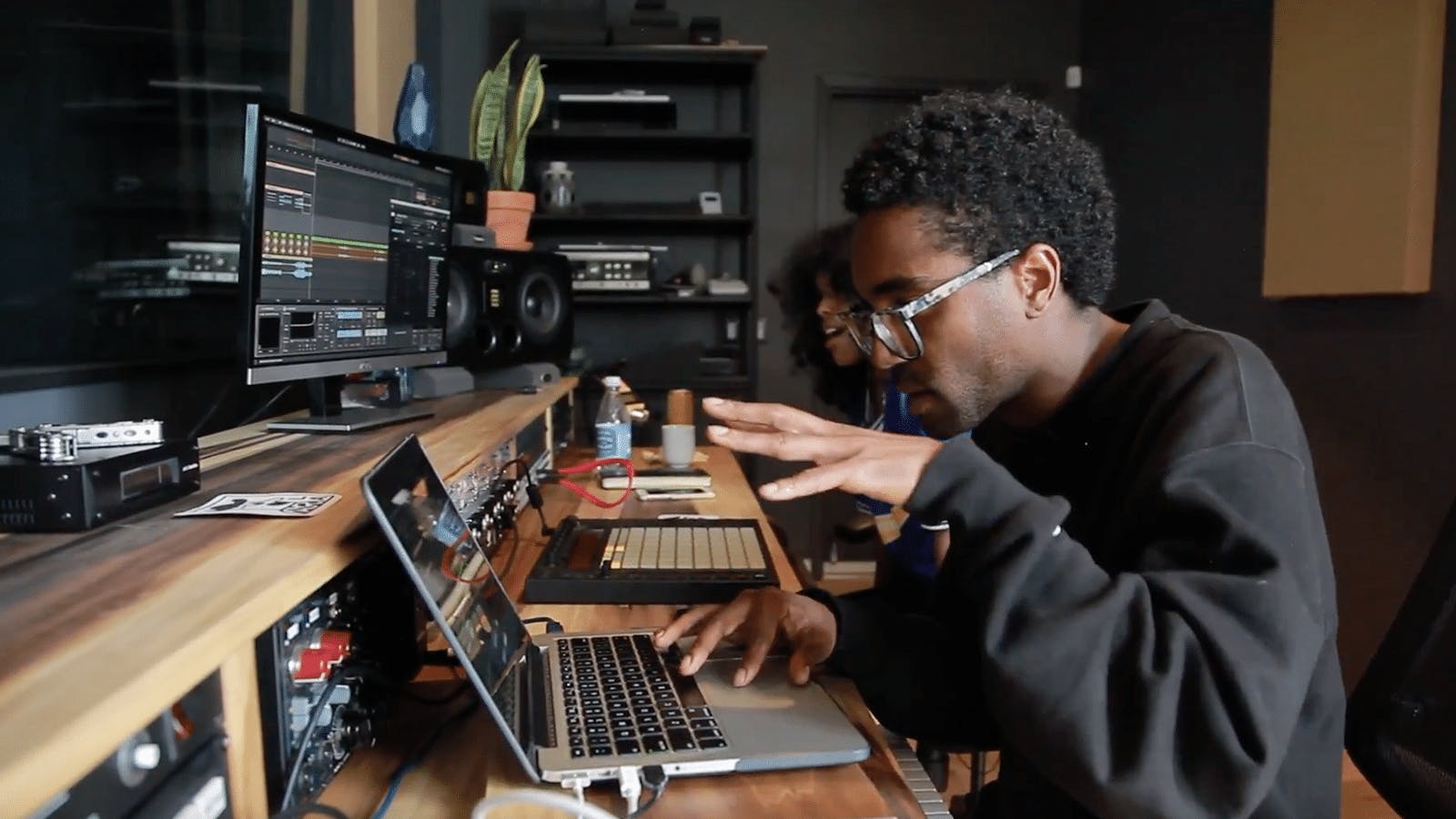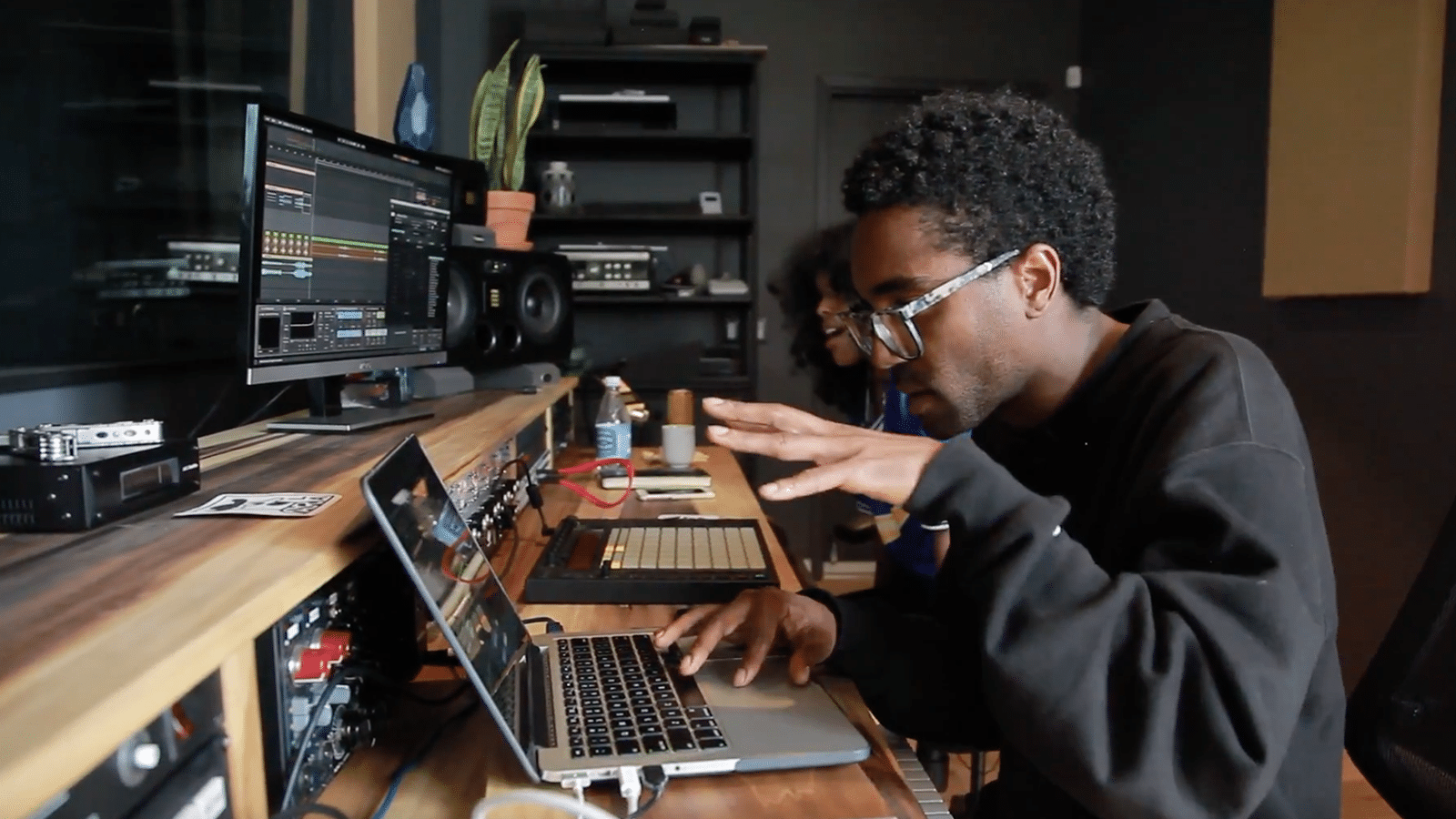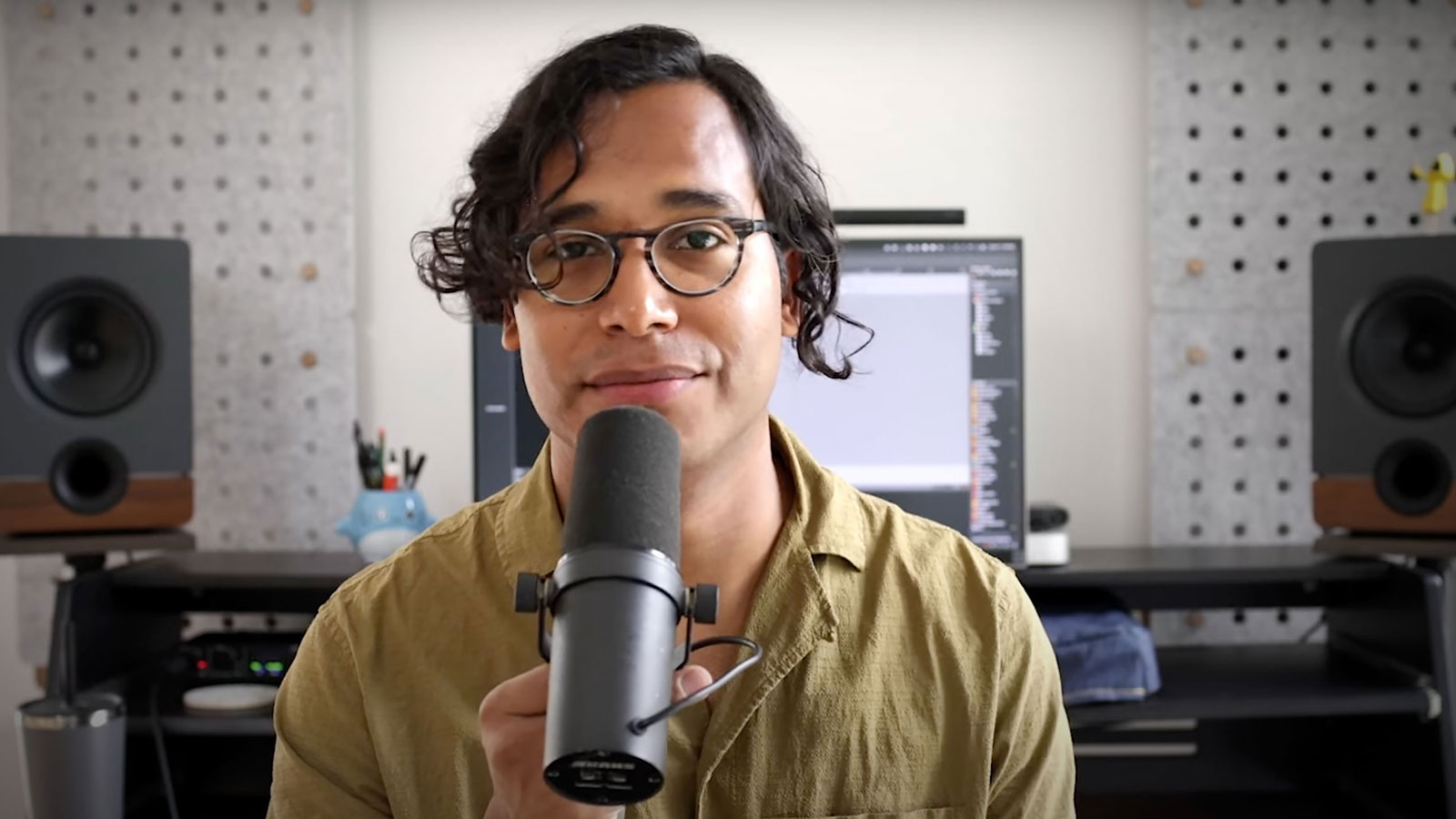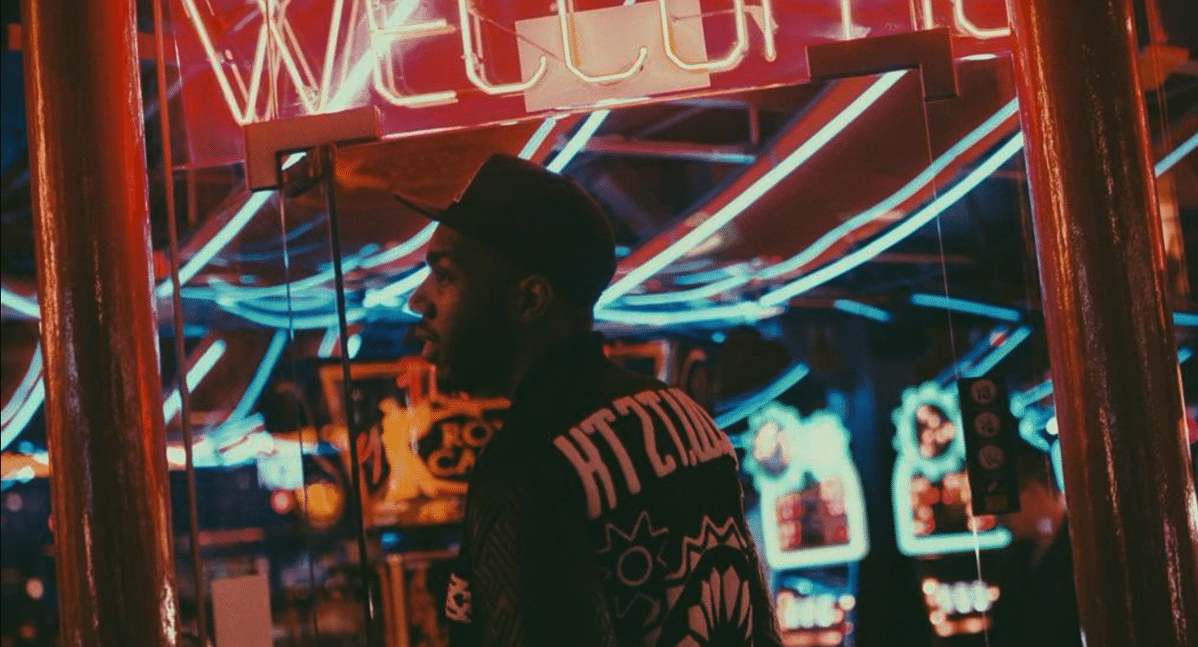
American producer and artist P.Morris ignited his career by producing Kelela’s “Go All Night.” Soon thereafter, Solange took notice. He even scored an opening slot on tour with FKA Twigs. Today, he makes music for his pleasure as well as for other artists.
Continuously drifting between R&B, hip-hop, trap and electronica, Morris has developed an inimitable style over the years. But how does he manage to turn heads in an industry where there’s so much noise?
From his love for Output’s Analog Strings to his go-to strategies when he works with a vocalist, Morris shows us what his flow looks like in the studio.
Production techniques that stand the test of time
In the studio, Morris believes in depending on his ear more than theoretical knowledge to let the magic happen.
To him, happy accidents are crucial to tapping into something golden. “Try not to let anything go to waste, even accidents,” is his motto.
By sampling his own beats and slowing them down or speeding them up, Morris finds joy in digging through the fragments of his creations.
Although he takes the time to contemplate when need be, he also understands how little time artists have. When he works with others, he turns to Xfer’s chord generator Cthulhu to play voicings with ease.
Since he’s a pro at mangling audio, Morris prefers rendering MIDI clips when he’s done fleshing out an idea. “A lot of the time it’s easier for me to deal with the audio files rather than MIDI. So, I print a lot of what I’m doing down to audio, and then I deal with the hard numbers, rather than trying to be a MIDI editor,” he explains.
Why Analog Strings is P.Morris’ bread and butter
When he’s in the process of building the bare bones of a beat, Morris doesn’t want to overthink the technical side of things. Instead, he wants to stay in that deep flow state and enjoy creating. “Maybe that’s a testament to you guys as products, because I don’t have to know too much in-depth BS to just get to the music-making,” he says, as he confesses his fascination with Analog Strings.
The fact that Analog Strings offers so much control over each sound is what makes it a great fit for a variety of instrumentals. With each sampled string instrument, you get to choose the starting and ending point of the loop. And a touch of a button is all it takes to reverse it.
“Here, there are a bunch of patches that are playing all at once. All of which are Analog Strings,” says Morris. He adds: “It’s two parts playing on top of one another. Just pure tension.”
Inspiring vocalists to write topline melodies
A solid groove might be enough for rappers to get the ball rolling. But Morris understands that vocalists often need a full harmonic context to get inspired. This is why he goes the extra mile to support the artist’s preliminary ideas.
“Particularly with a singer, a lot of the time the process is predicated on there being a strong, melodic backdrop to hang on to. I tackle the melody a lot of the time if I’m dealing with a singer,” he says.
And sure enough, this is exactly what makes working with P.Morris so special. His collaborator Rahel chimes in with her thoughts on the subject: “It’s a lot easier for me this way, too. I’ve been humming along and kind of singing phrases. I like to sing gibberish and just make sure that the melody is in there. I’ll work with the couple of phrases that I had written down. Some references, something that will pique my interest and inspire words to come out.”
At the end of each session with another artist, Morris’ goal is to piece together the fragments to paint the big picture. Sometimes those fragments make it to the master. Other times, they simply inspire the story and fade away.
As a producer who values discarding instruments, melodies, and chords that are no longer needed, Morris claims, “Nothing is set in stone.” Many musicians get too attached to their ideas, but he knows when to let go: “Once we get her vocal and we’ve got it in a territory where we have a concept or even a hook and a chorus, what we find is that a lot of these elements we don’t even need. They were just enough to work her into the trance that was necessary for her to tap into that feeling.”
For more inside looks at the creative process, check out this video with TrapMoneyBenny in the studio.



